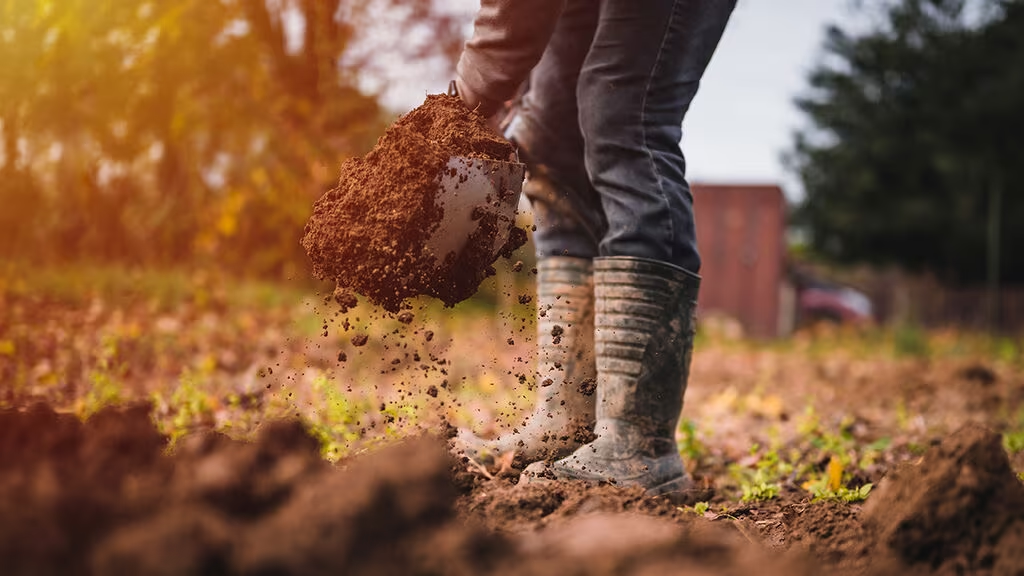Improve hard clay and nutrient-poor soil.
Soil and fertilizer
Not all soil is necessarily good topsoil, but luckily most can be turned into it. Even rock-hard clay or nutrient-poor sandy soil can be revitalized and produce good crops. Here are the tricks that can help.



Written by Liselotte Roll
Swedish garden inspirer, journalist and author of books about nature, cultivation and animals, such as "Soil", "Grow for insects" and "Chickens as a hobby".
Topics:
Soil and fertilizer











